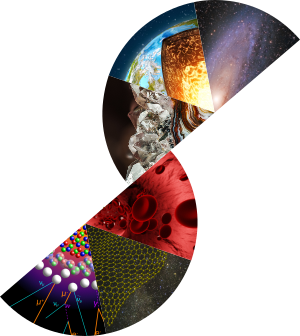The XENON collaboration was created in 2005 with the search for interactions between xenon and dark matter in the form of WIMPs (Weakly Interacting Massive Particles). This collision is expected to occur between WIMP and xenon nuclei inducing a nuclear recoil with an energy around 1 to 100 keV [1] . Three detectors of increasing size, based on the time projection chamber (TPC) technology, had been operating: XENON10, XENON100 and XENON1T. With more than 1 tonne of liquid xenon as a target, the XENON1T experiment was the biggest dark matter direct detector worldwide with an very low background noise which operated until the end of 2019. In addition to these nuclear recoils and thanks to its low background noise, the detector was also sensitive to other rare processes that could produce an energy deposition on atomic electrons in xenon so called electronic recoils [2]. Among them, neutrinoless double-beta decay (0νββ) of 136Xe naturally present in liquid xenon is expected to occur at an energy of 2457.83 keV and can be used as a probe to answer on the nature of the neutrino. Indeed, if the 0νββ decay was observed, it would prove the neutrino as a majorana particle [3] inducing new physics beyond standard model with a lepton number violation. Now, a detector named XENONnT is currently under data taking at LNGS with a 3 times bigger target mass and a 5 times lower background noise than its predecessor using the same technology [4]. As a target, liquid xenon produce a light emission and emit electron which can be drifted by an electric field. XENONnT use a dual phase TPC detecting light from interaction with liquid xenon and from interaction between drifted electron and gaseous xenon thanks to arrays of photo multiplier tube. Thus, in order to reconstruct the energy from event occurring inside the TPC, we need to obtain both scintillation and ionization gain (respectively named g1 and g2). To do so, we used events with known energies from specific calibration source or known background noise. So, I will present my work over the selection of events and the reconstruction of their energies in XENONnT work MeV range event.
References
[1] E. Aprile, J. Aalbers, F. Agostini et al. Dark matter search results from a one ton-year exposure of xenon1t. Physical Review Letters, 121(11), Sep 2018.
[2] E. Aprile, K. Abe, F. Agostini et al. Double-weak decays of 124Xe and 136Xe in the xenon1t and xenonnt experiments. Physical Review C, 106(2), aug 2022.
[3] Michelle J. Dolinski, Alan W.P. Poon, and Werner Rodejohann. Neutrinoless double-beta decay : Status and prospects. Annual Review of Nuclear and Particle Science, 69(1) :219â251, 2019.
[4] E. Aprile, K. Abe, F. Agostini et al. Search for new physics in electronic recoil data from XENONnT. Physical Review Letters, 129(16), oct 2022

 PDF version
PDF version
